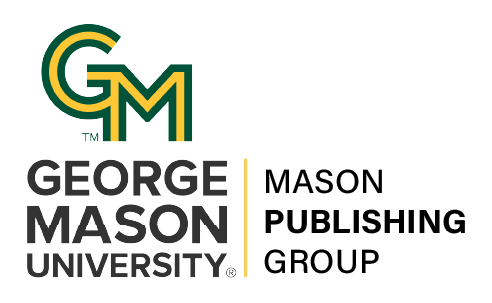Teaching a Creativity-Based Skill Through Self-Pacing
DOI:
https://doi.org/10.13021/G82W2ZKeywords:
active learning, student engagement, self-regulated learning, retention, reflective practice, peer teaching, collaborative learning, critical thinking, creativityAbstract
Learning a creativity-based skill like programming requires practice and dedication. In ââ¬Åtraditionalââ¬Â programming courses, instructors spend most of their time lecturing to large groups of students, with little class time to spend on active exercises or personal interaction. Students are not in control of the content delivery or its pacing, nor is it effectively communicated that practice is needed to master programming. Moreover, most practice is individual and graded strictly, meaning students suffer heavy penalties for minor slips while learning or collaborating. This past year we experimented with a self-paced version of introductory programming, where students spend class time working on problems in small groups at their own pace. Learning is intentional because students take responsibility for their learning, rather than waiting for the instructor. Our pass rates in the course improved by 25% with these modifications. This design could be adapted to other disciplines. àWe propose to demonstrate our innovations by leading the audience in a simulation of our self-paced, active learning, class by teaching the 'students' to solve a simple puzzle. Members of our instructional team will play the role of teaching assistants, who offer peer learning opportunities in our classrooms. Like students, the audience will have varying levels of previous exposure to these puzzles, so they will move through the exercises at their own pace. We will demonstrate how faculty can use immediate automated feedback, asynchronous online content, individual assessments with the ability to test up to five times, interventions, peer-learning, and mini-lectures to allow students to learn new skills at their own pace. àSuggestions for adapting this to other disciplines will also be discussed.




